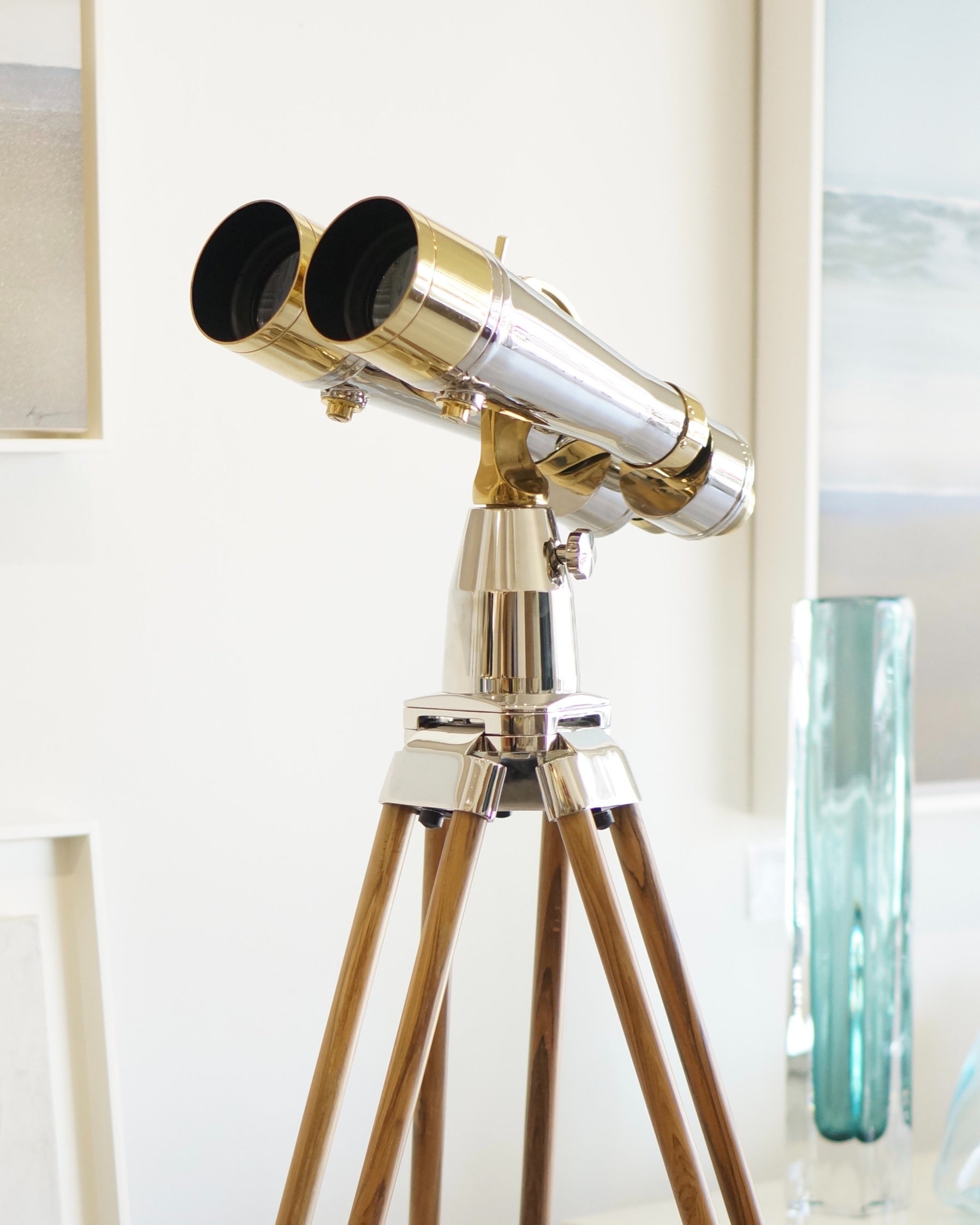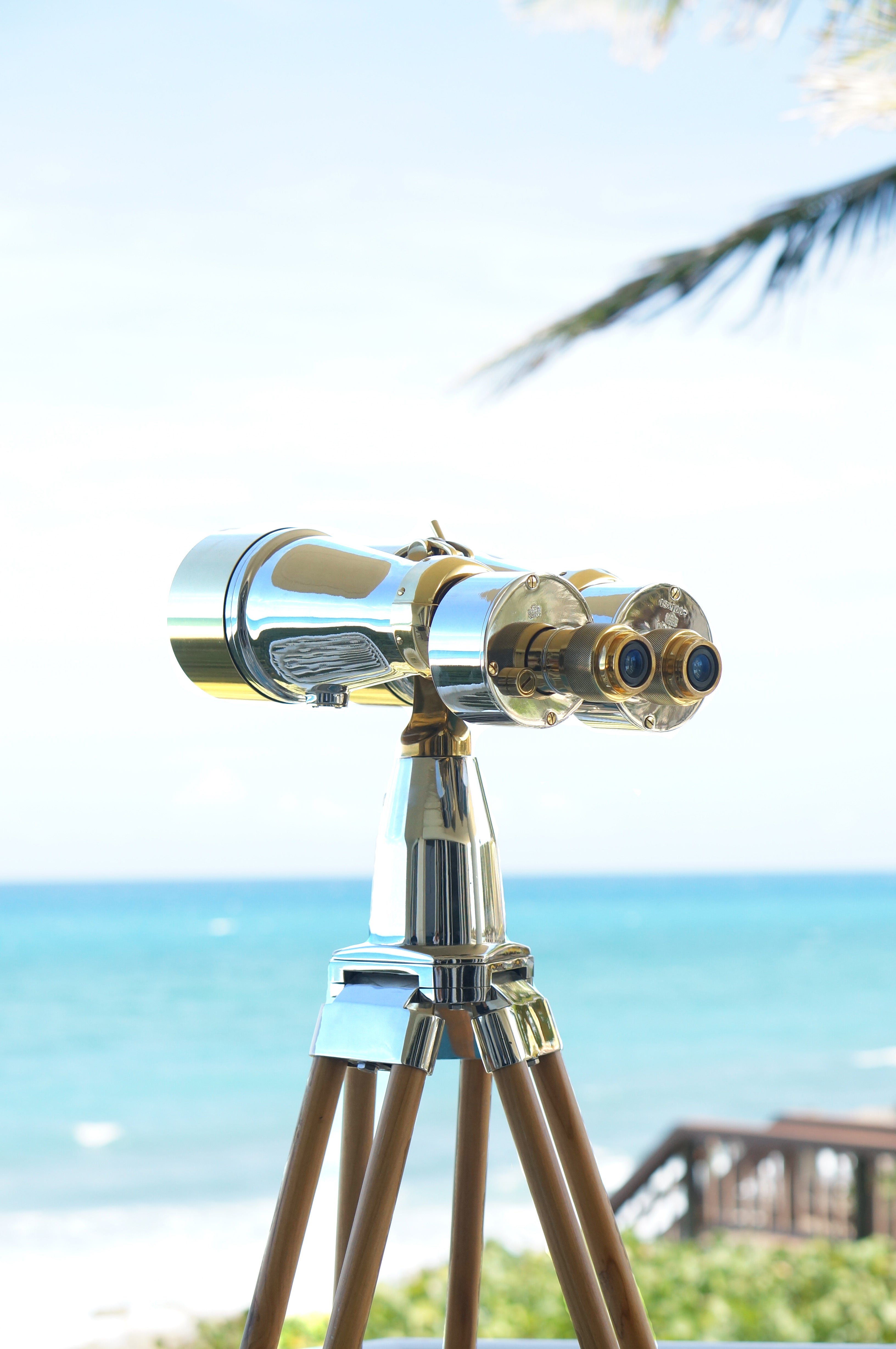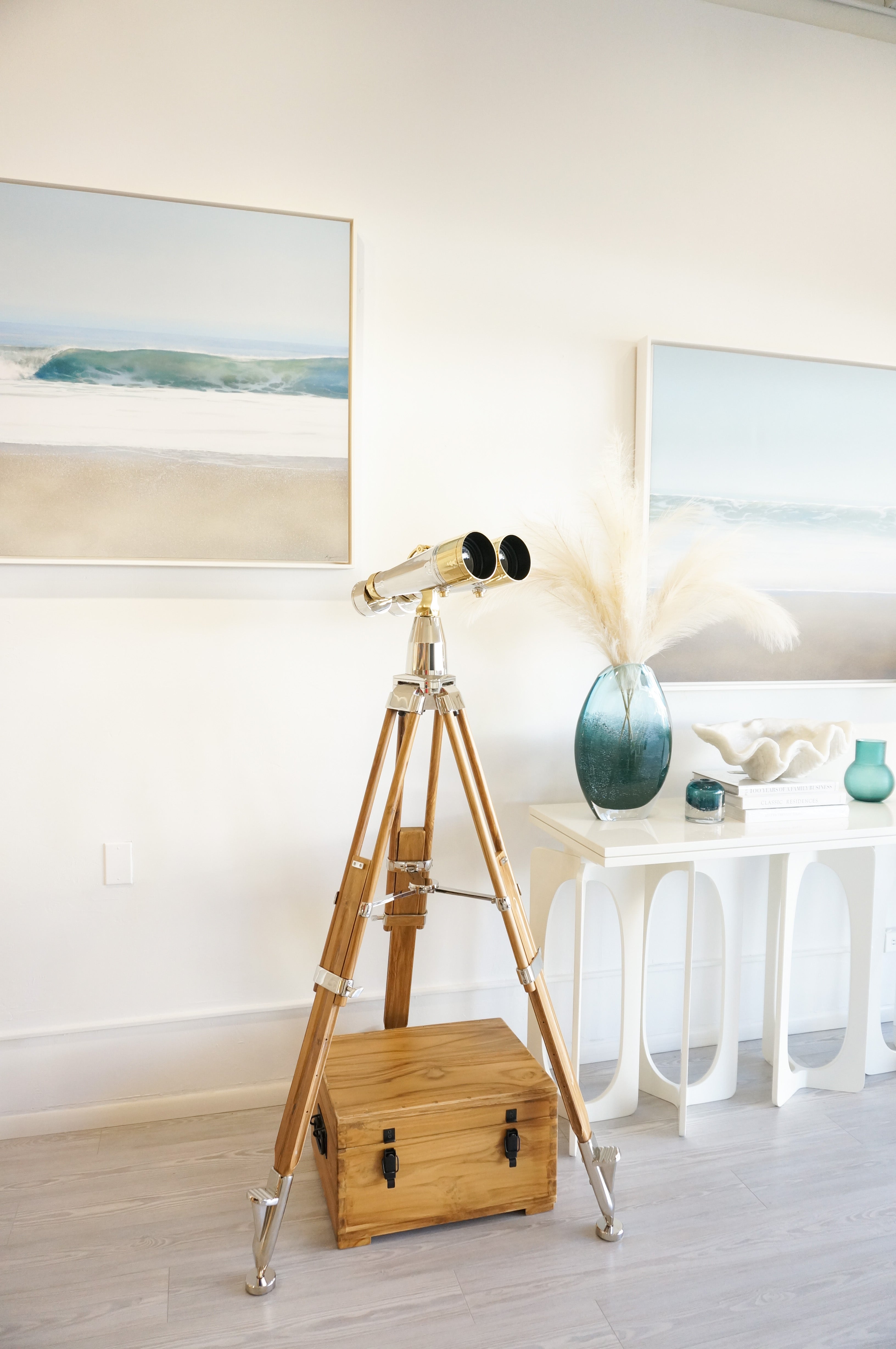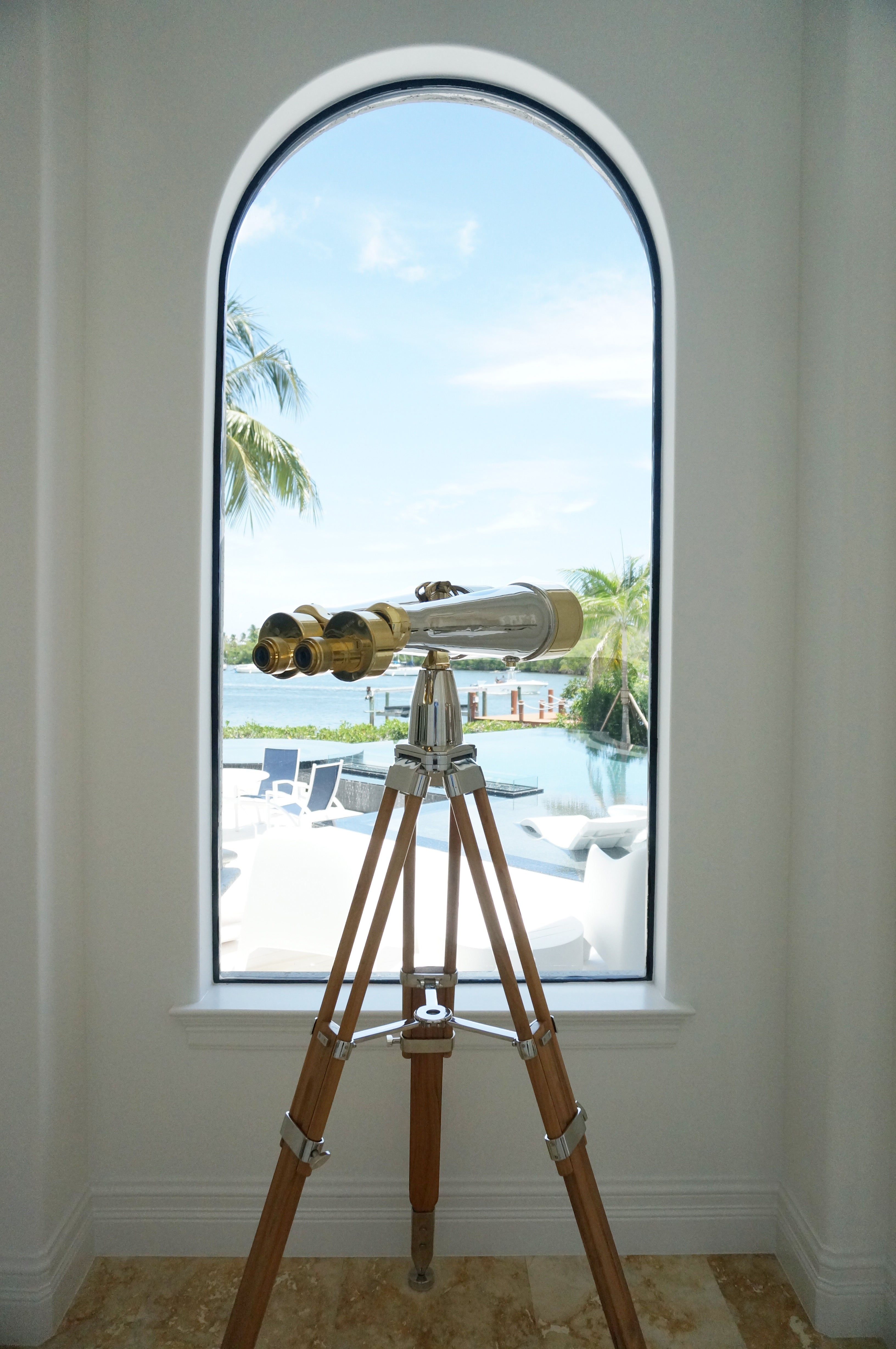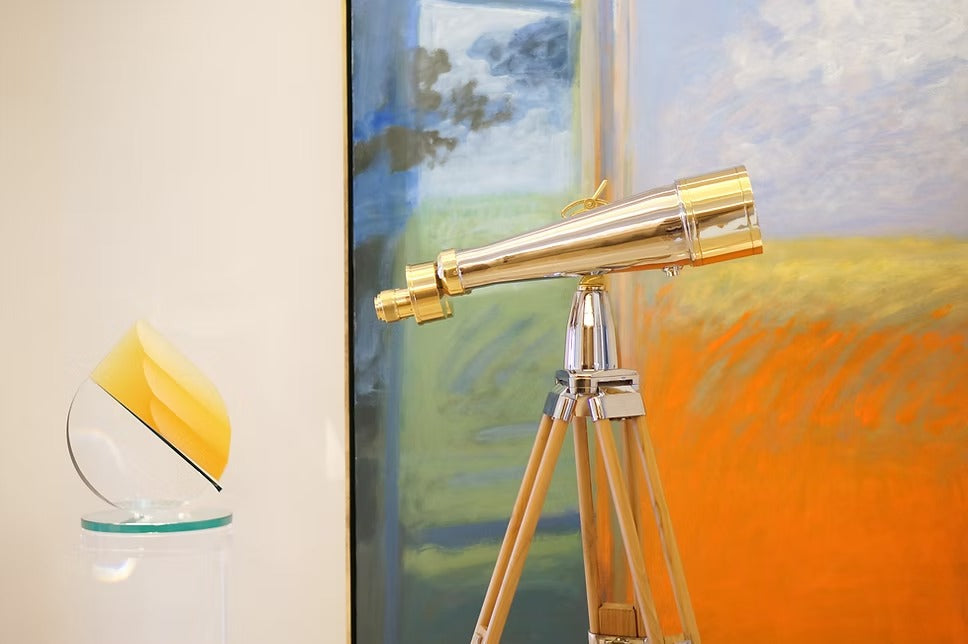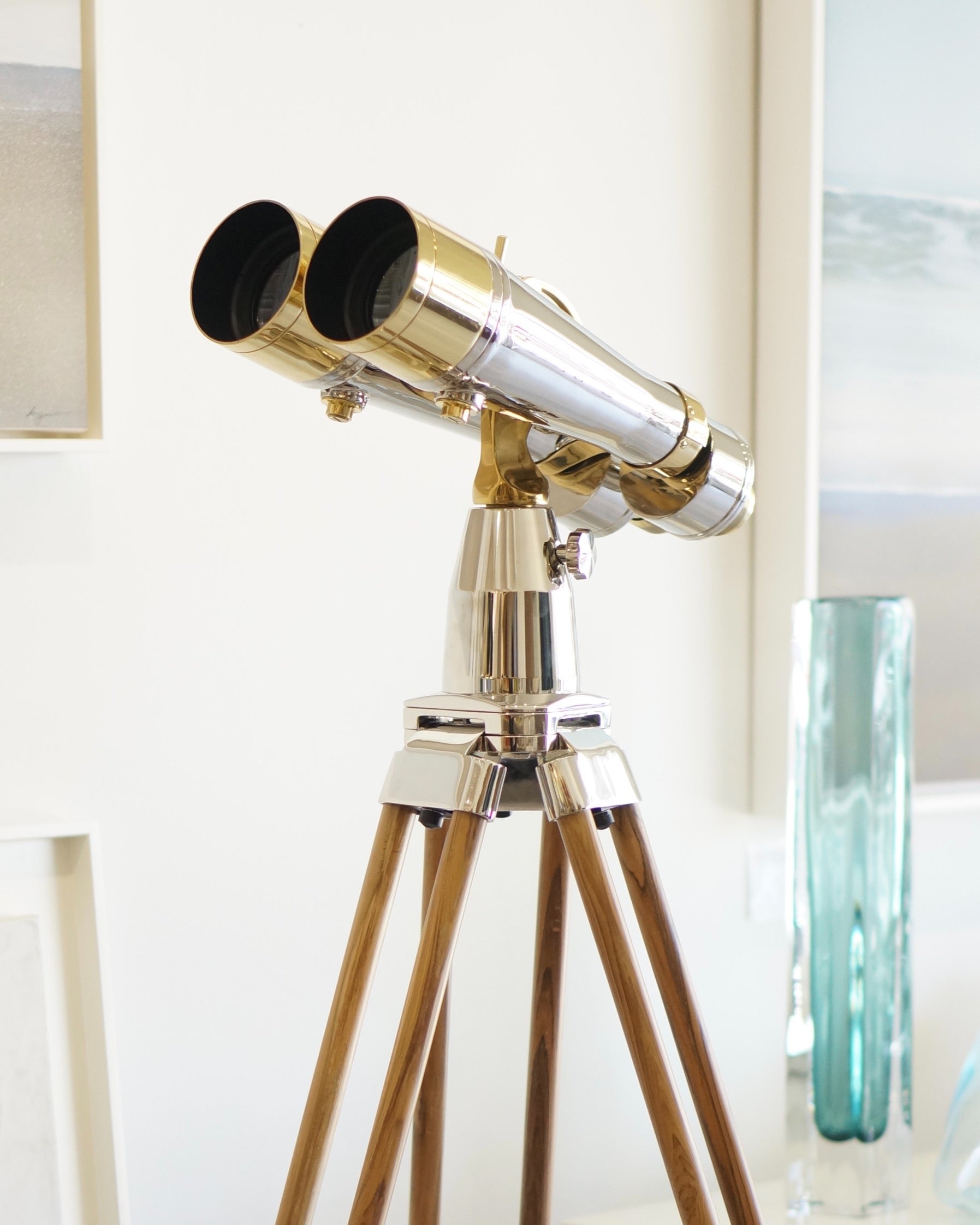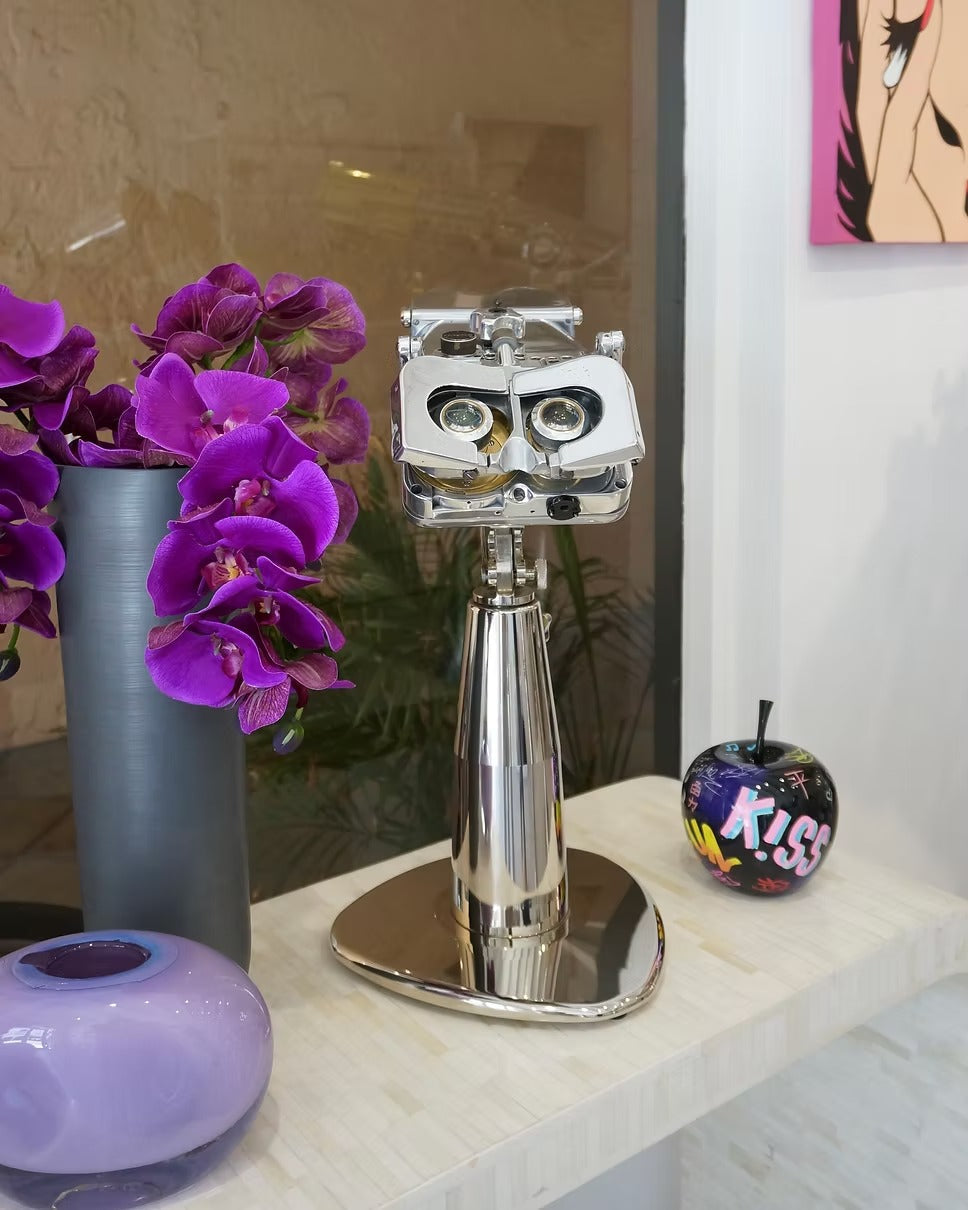Big eye binoculars were favored during WWII by the Japanese Navy and were largely used to keep an eye on the horizon from the decks of ships. Japan was the most prolific maker of large aperture binoculars during WWII and Nikko and Toko were their largest manufacturers. From 1939 to 1944, Japanese optical industries imported approximately 2,000 tons of optical glass from the German supplier, Schott, the most advanced maker of optical glass in the world. After WWI, the Japanese government saw a need to produce their own optics which was largely imported from Germany up to that time. The Japanese Navy were not the only forces that appreciated these optics. Many binoculars were captured from Japanese ships by U.S. forces during the war, reverse engineered, and subsequently reproduced for use on U.S.Naval ships.
Toko–known as Tokyo Optical, Tokyo Kogaku Kikai
Many of the optics manufacturers of the late 19th century transitioned between products as the needs of society changed. Prior to WWI and WWII, makers of optics were often commissioned to produce products to further the war time effort.
In 1932, a merger of multiple optical factories formed Hattori Tokei Ten for the purpose of manufacturing clocks. They were the predecessor of the Seiko company, a well-known watch manufacturer. By 1934 they were making photographic lenses and later became Tokyo Kogaku Kikai (Tokyo Optical) which used the Toko mark on WWII binoculars.
Nikko–known as Japan Optical Co, Nippon Kogaku, KK
The Nikko brand was also the result of a merger between several smaller optical manufacturers prior to WWII. A version of the 15 X 100 big eye binocular was designed by Nikko in the 1930s for the Japanese Navy as part of the transition from German manufactured binoculars.
Nikko became the largest supplier of optical ordinance for the Japanese military during WWII. They grew to have 19 factories and 23,000 employees. Many of the items made in these factories are prized by military collectors, especially binoculars, aerial lenses, bomb sights, and periscopes.
Collectors
You do not need to be a military collector to appreciate the design and functionality of these binoculars. You can own an actual, or reproduced piece of WWII history that demands a space reserved for high end art. Your guests will no doubt want to know about such a unique piece in your collection and will be amazed by the precision functionality.
These rare big eye binoculars, from man’s most epic conflict, are found in luxury homes and boardrooms around the world. They were designed to withstand the abuse of naval battles which means they can easily be considered an heirloom piece of art.
Designers find these to be statement pieces for their most discernible clients. WWII binoculars are getting more difficult to find because collectors know their value. There are some excellent handcrafted reproductions out there by companies such as Luxxoptica, that build luxury instruments that will become as highly sought after as the originals.

